Keyestudio IR Infrared Obstacle Avoidance Sensor Module for Arduino Robot car
Related products
Digital Sensor
Digital Sensor
Digital Sensor
Digital Sensor
Digital Sensor
Infrared Obstacle Avoidance Sensor: A Smart Eye for Your Robot
Until recently, an infrared obstacle avoidance sensor has been available that is going to change the way one’s do-it-yourself robots would usually interact with their environment. The small, capable device features adjustable sensing and compatibility with a variety of microcontrollers. We shall be learning more about what this sensor does different. Seeing the Unseen
Basically, it is a pair of eyes for your robot. It emits infrared rays and waits for them to bounce back. In case the rays are reflected by any obstacle, it gets picked up by the sensor. Based on this simple principle, robots “see” and can avoid an object in their path.
One such highlight is that the sensor’s detection distance is adjustable. Using a simple potentiometer knob, the range can be tweaked between 2 to 40 centimeters. This allows the sensor, with great flexibility, to adapt to many different environments and project needs.
This sensor can play quite nicely with different power setups. It operates on a wide range of voltages, such as 3.3V to 5V; hence, it will be able to work with many popular microcontrollers out there, such as Arduino, without fuss.
For such a small build, this sensor is incredibly accurate. It is very adaptive to changes in light and hence reliable for use in most environments. Whether your robot roams indoors or outdoors, this sensor will be keeping an eye out.
The compact four-wire interface this sensor possesses makes it easy to integrate into existing projects. It outputs a simple TTL voltage signal, speaking a language which most microcontrollers understand fluently.
While not intended for extreme weather conditions, this sensor does hold its own in typical environments. It operates within a -10°C to +50°C temperature range, thus being suitable for the majority of indoor and many outdoor applications..
It is a fine primer in robotics and programming with Arduino from Roma Breeze. It goes on to elucidate how this sensor brings life to a simple robot and helps the enthusiast further into a more tangible method of learning obstacle avoidance in robotics.
While impressive, the sensor isn’t without its own limitations. The 35-degree detection angle may require several sensors to get full coverage. The maximum 40cm range, though adequate for many projects, may be a little too small for more large-scale projects.
This infrared obstacle avoidance sensor is a major step toward making advanced robotics approachable by hobbyists and students alike. This ease of use further combined with robust features opens doors for creative projects at levels of various skill.
While it is not possible to provide a specific price, similar sensors are usually fairly inexpensive for amateur users. Given that it is targeted to work with the Arduino platform and other such systems, this sensor should be easily available from major electronics suppliers.
This IR obstacle avoidance sensor module combines functionality and ease of use in an exciting blend for any DIY robotics enthusiast. It has adjustable range, high precision, and works with a variety of microcontrollers, hence finding perfect application in various projects.
Whether this is your first obstacle-avoiding robot or you are looking to add advanced sensing capabilities to an ongoing project, this sensor provides a great foundation. Capable of adapting to various environments and power setups, it will grow with your skills and ambitions.
With robotics continuing to captivate makers and students alike, components such as this sensor become imperative in this imaginative and real bridging process. This allows users to make smarter, more responsive robots with having to delve deep into complex setups.
Conclusion: This infrared obstacle avoidance sensor is the nightmare of any robotics toolkit, as it boasts the perfect combination of performance, flexibility, and usability. It’s probably one of the best choices both for a newcomer and a professional maker. Projects like Roma Breeze just prove that with this sensor on board, the way to creating your very own obstacle-avoiding robot has never been as clear.
Hãy là người đầu tiên đánh giá sản phẩm “Keyestudio IR Infrared Obstacle Avoidance Sensor Module for Arduino Robot car” Hủy
Thông số kỹ thuật
| Operating voltage | DC 3.3V-5V |
| Interface | 4 wire interface (-/+/S/EN) |
| Input Voltage | DC 3.3V-5V |
| Working Current | ≥20mA |
| Working Temperature | -10°C to +50°C |
| Output Voltage | TTL voltage |
| Detection angle | 35° (Effective Angle) |
| Detection distance | 2-40cm (adjustable) |

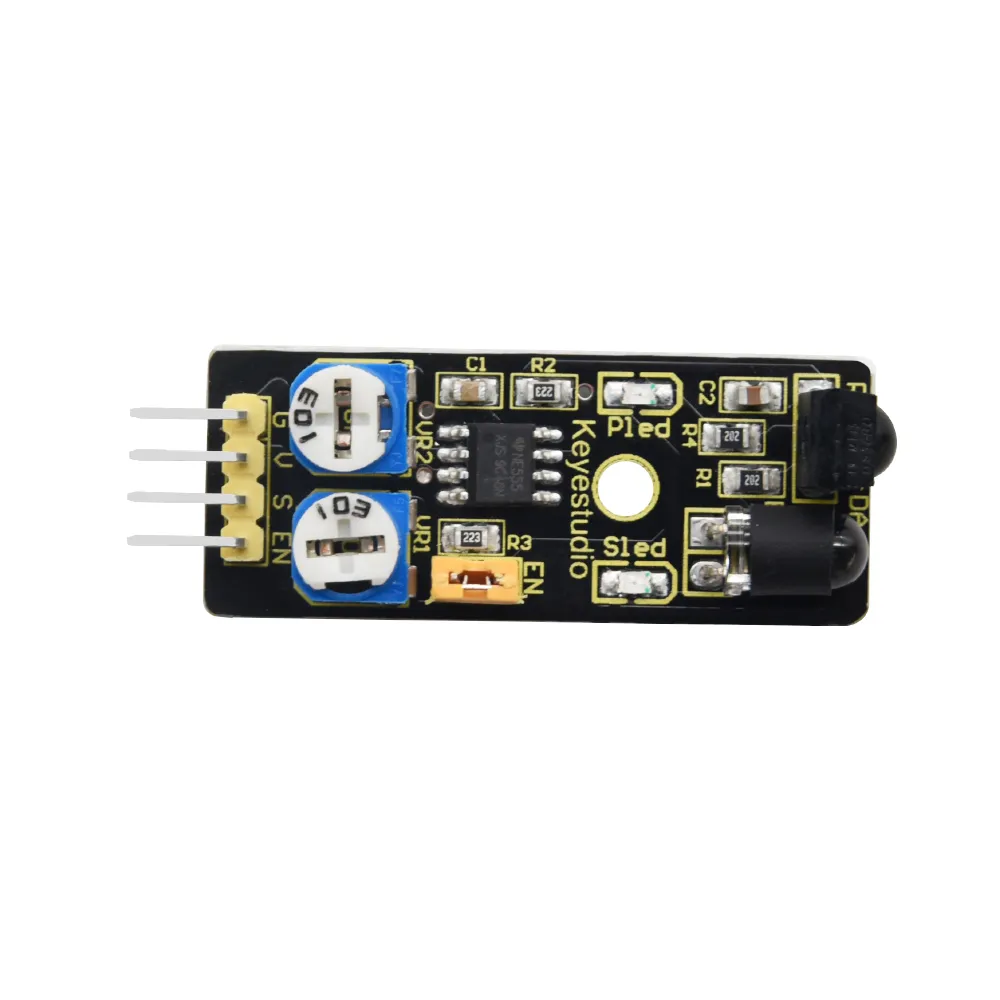

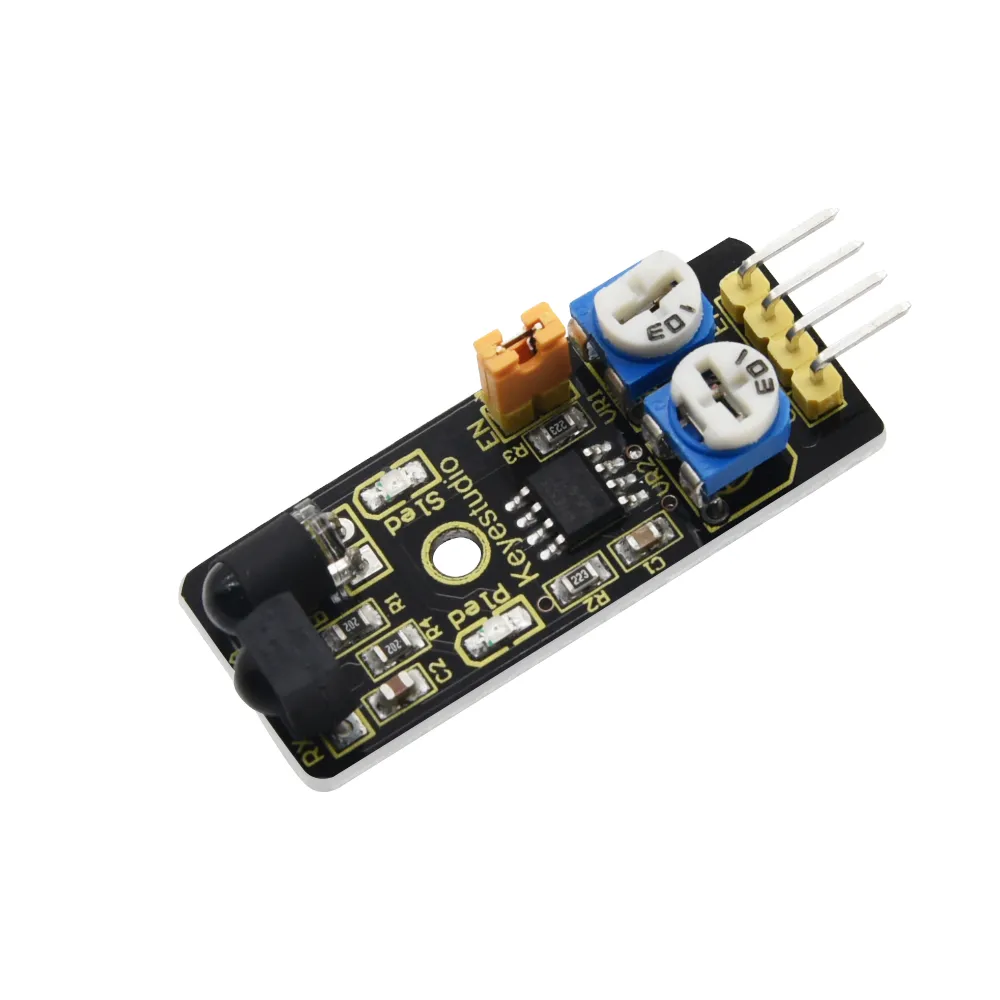
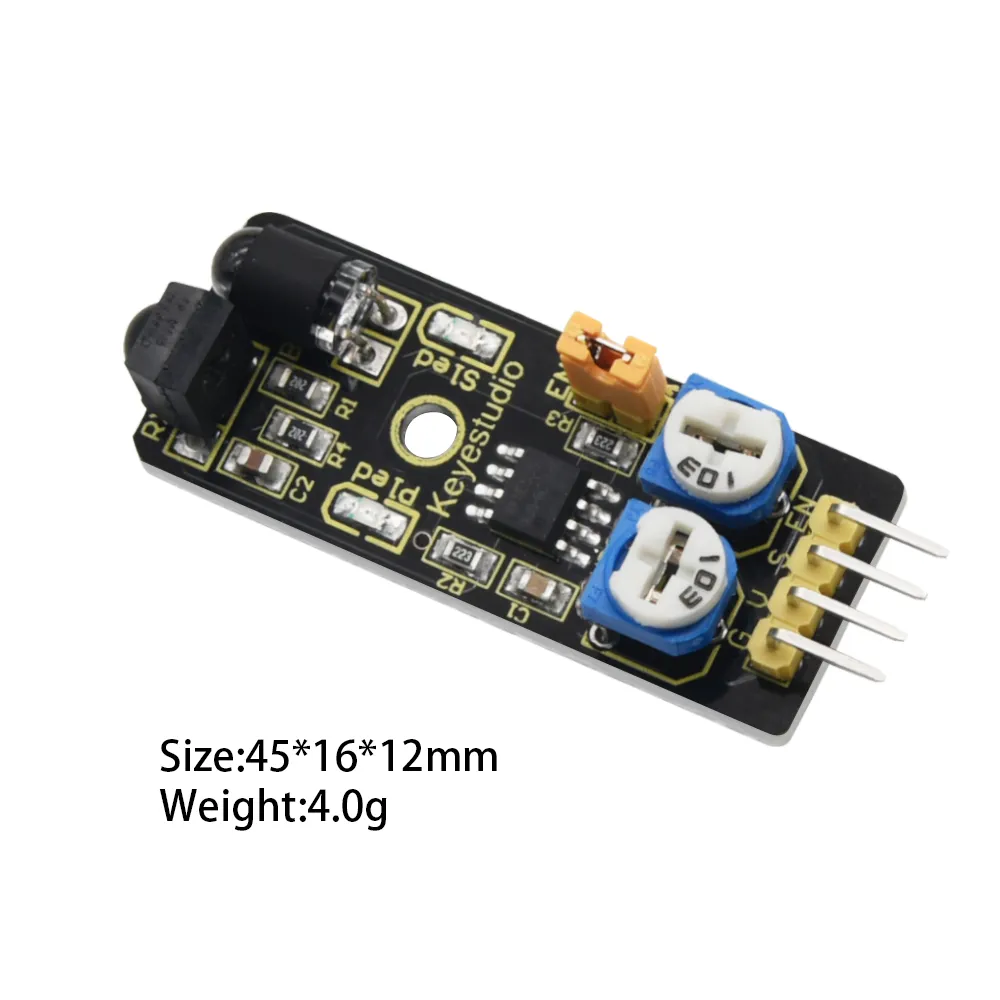
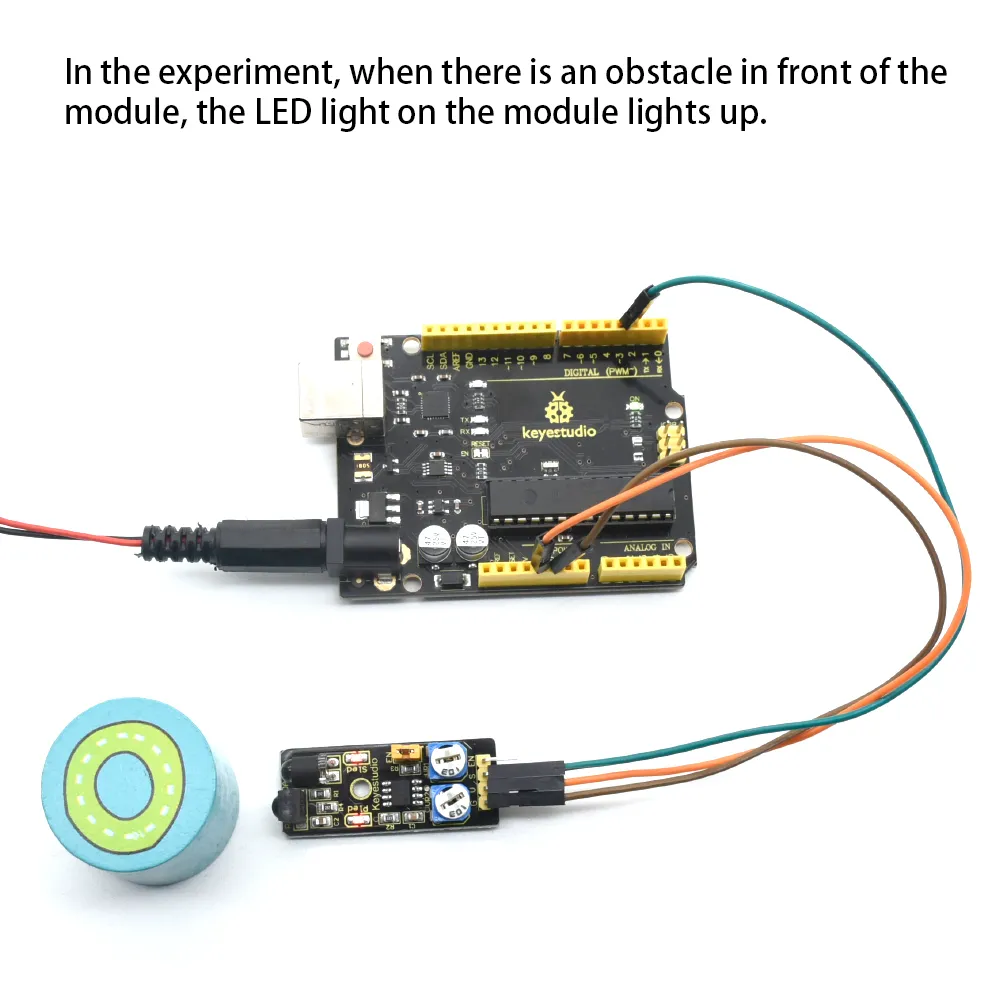
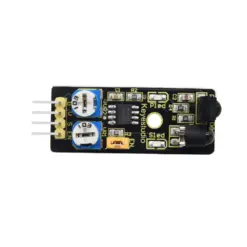
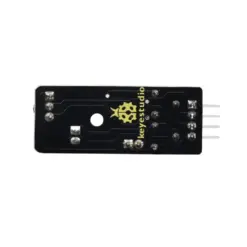

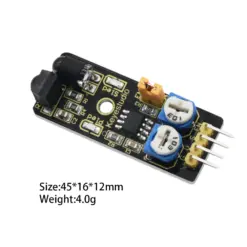
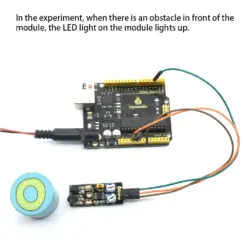
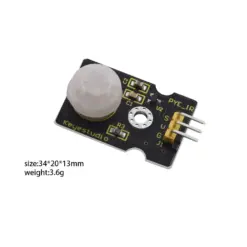
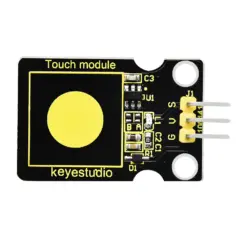
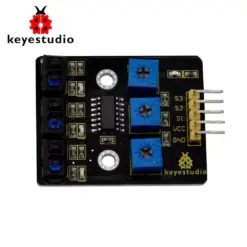
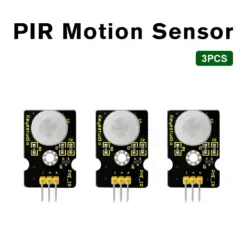
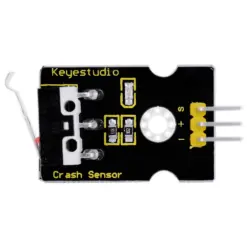
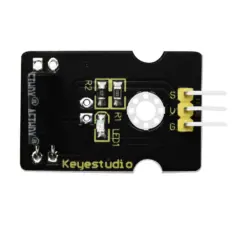
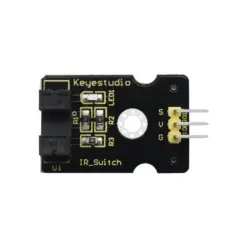
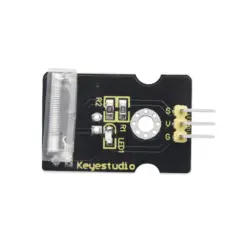
Reviews
Không có đánh giá nào.